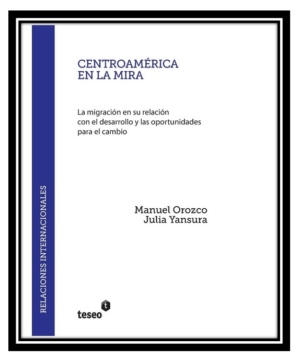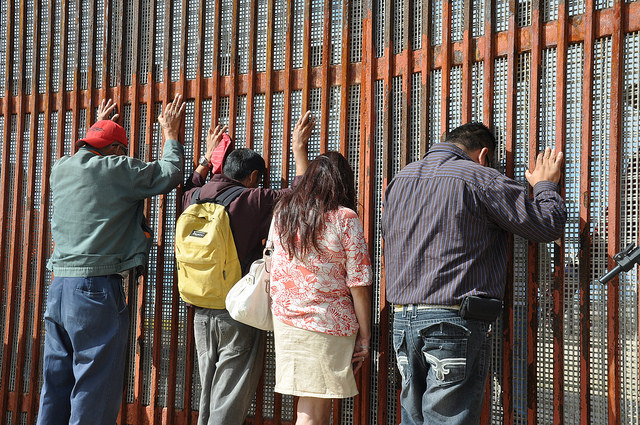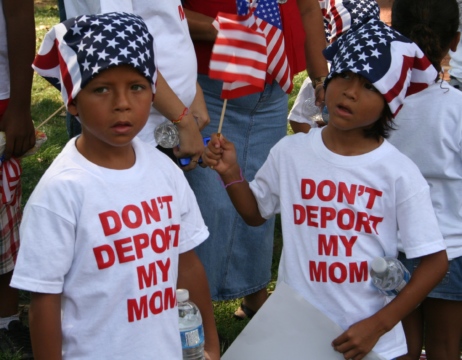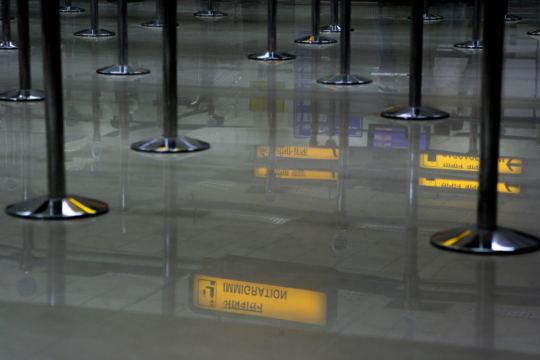
Centroamérica en la mira
Central American migration is linked to poverty, inequality, and violence in the region.
Emigration and deportations represent major challenges for Central American countries, particularly El Salvador, Guatemala, and Honduras, which have the largest volume of people attempting to migrate and being returned. This report aims to characterize the extent of human mobility from Central America, with a special focus on trends in return migration and what they mean for countries in the region. It considers voluntary and involuntary return, as well as policy responses related to return migration.
The magnitude of human mobility – people attempting to leave home, trying to enter the US, returning home, or being deported – cannot be overstated. To put things in perspective, in 2014, an estimated 130,000 Central Americans crossed the border into the United States, while 100,000 Central Americans were deported from the United States and roughly 150,000 from Mexico. Another way to interpret the scale of emigration and return is that deportations are equivalent to at least 50% of the annual increase in the labor force in Central America. In a way, labor force increases may be augmented by deportations.
The emigration and return of hundreds of thousands of Central Americans each year, often under difficult circumstances, represents a profound challenge for the region. While efforts to receive and reintegrate returning migrants do exist, they are scarce. In many cases, they are struggling to cope with the current scale of returns and deportations.
Central American migration is linked to poverty, inequality, and violence in the region.
Las remesas que envían los centroamericanos desde Estados Unidos a sus países, no serán afectadas por un inaplicable impuesto anunciado en la campaña electoral por el ahora presidente electo Donald Trump, sino por el impacto colateral del incremento en las deportaciones.
Trump’s agenda will have implications for people who live and work in the United States, including the country’s estimated 42 million immigrants, a diverse group that includes people with and without legal status. An issue of particular importance and concern is undoubtedly Trump’s immigration policy. According to his past statements, we can expect to see actions on at least seven fronts. This article examines the realist scenario of Trump’s immigration policy, its limits and consequences.
 www.flickr.com/photos/bbcworldservice/13107801424
www.flickr.com/photos/bbcworldservice/13107801424

